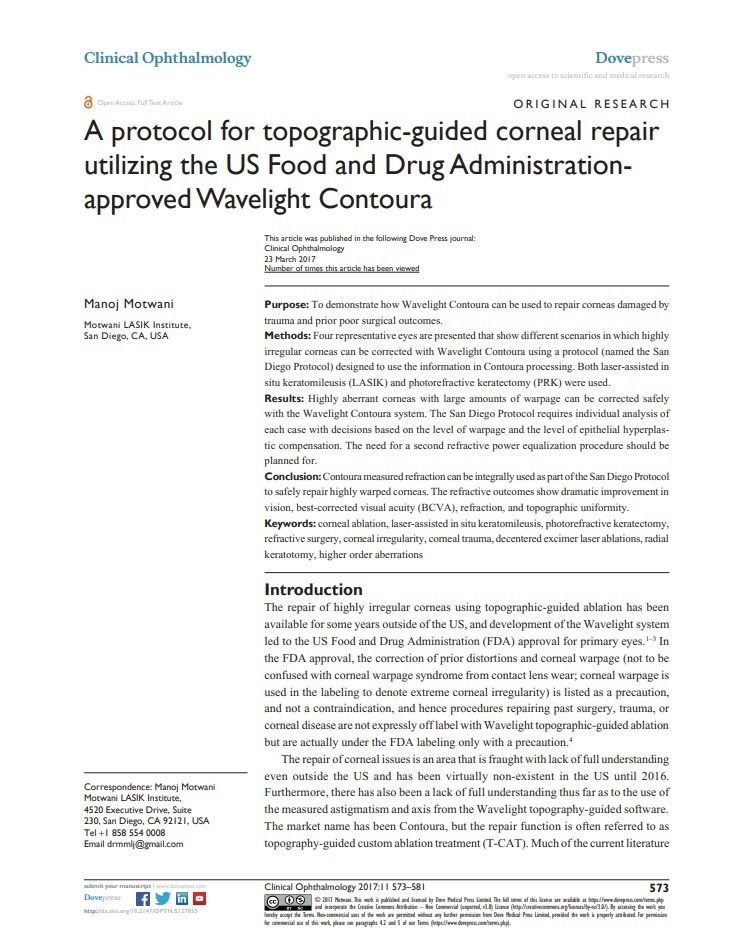Corneal Transplant Repair
Motwani LASIK Institute | cornea revolution, San Diego Ca.
A corneal transplant can be a life-changing procedure for individuals with severe corneal disease. However, complications can arise after surgery. At Motwani LASIK Institute, we offer specialized care for corneal transplant repair and management. Dr. Motwani’s expertise in complex corneal conditions allows us to address post-transplant challenges and improve visual outcomes.
Video Consultation
Have a face-to-face consultation with Dr. Motwani from the comfort of your home.
In Office Visit
In the area or able to travel. Experience personalized care in our state-of-the-art facility.
Patient Questions
Find answers to the most common questions asked by our patients.
Corneal Transplant Repair
The CREATE Protocol
Corneal transplants are performed for a multitude of reasons, and in Dr. Motwani’s opinion performed in many situations where there are better solutions or treatments available. Still, many patients have received corneal transplants and the visual problems that come with them. Corneal transplant creates significant new problems as a donor cornea from a cadaver must be used, which is not necessarily a matching shape to the recipient. The cornea is then sewn in to the recipient and virtually all will have some level of irregular astigmatism limiting vison and visual quality. This can lead to ghosting, multiple images, significant to extreme glare, streaking, and halos, and limitation of overall vision. Simply reading a line on an eye chart does not mean the vision is completely improved, and as many corneal transplants will improve the ability to read on a Snellen eye chart but the quality will be compromised.
It has become possible with topographic guided ablation utilizing the patented CREATE Protocol (Corneal Repair Epithelium and Topography Enhanced) to dramatically improve the irregular shape of a cornea transplant. This procedure utilizes the patented LYRA and San Diego Protocols, as well as the reduction of the irregularity masked by the epithelium (which normal topographic guided analysis cannot detect) which has also been patented by Dr. Motwani, to create as close to a virtually uniform cornea as possible. This can dramatically decrease visual symptoms such as ghosting, double and triple images, glare, halos, and other visual symptoms. It can also in many cases increase the quantity of vision as less light gets scattered.
With advancements in partial corneal transplants, such as transplant of the only the corneal endothelium, it may be possible to keep the newly reshaped anterior cornea long term or even permanently transplanting only the endothelium.
Corneal Transplant Repair Videos
Corneal Transplant Repair Videos
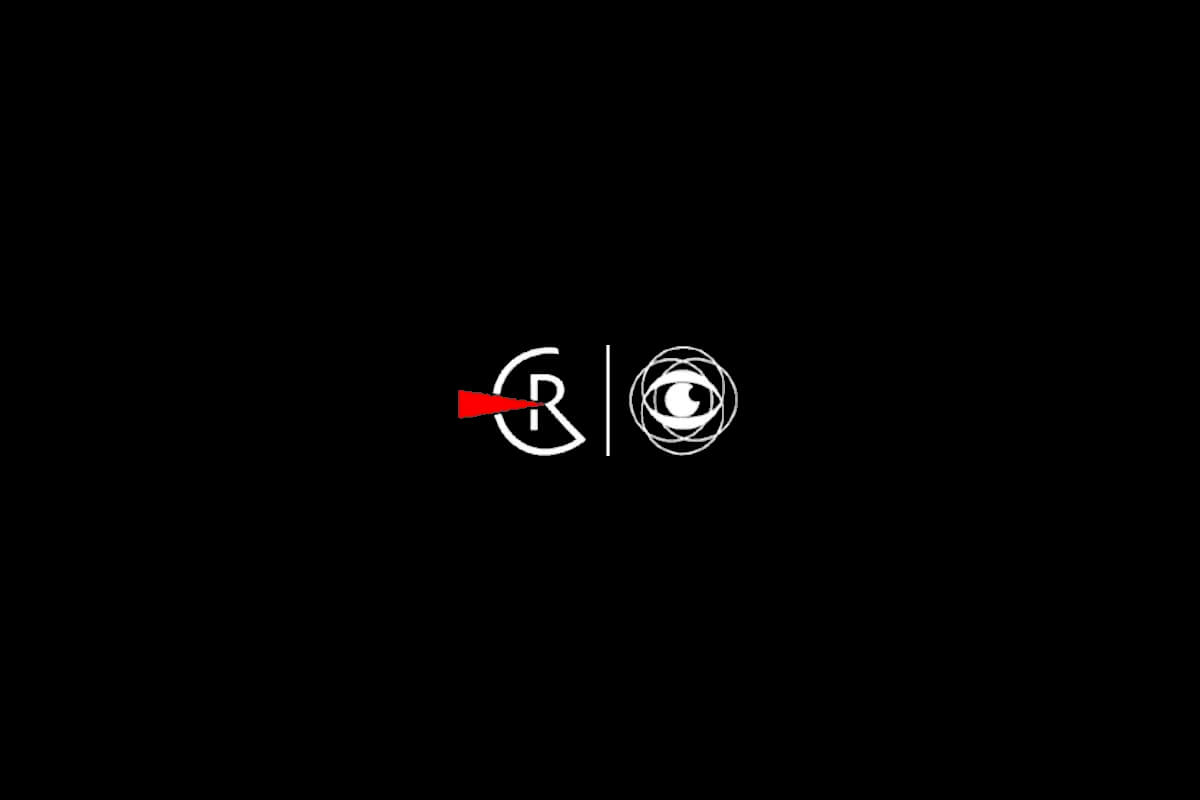
10:20
The Last 25 Years
the journey, accomplishments and a cutting edge facility
By combining clinical excellence with compassionate care, we strive to create a transformative experience for every patient, enabling them to see the world with newfound clarity and confidence.
The Journey Thus Far The Last 25 Years
Witness the evolution of LASIK through the eyes of a true industry leader. Dr. Motwani shares insights from his decades of experience, highlighting the advancements that have made vision correction more accessible and effective.
25 Years Of Accomplishments
Discover the milestones that have defined Dr. Motwani's career. Learn about his groundbreaking patents, innovative techniques, and how he's revolutionized the LASIK industry.
Patient Testimonials
listen to what our patients are saying
Patient Testimonials

1:04

1:07
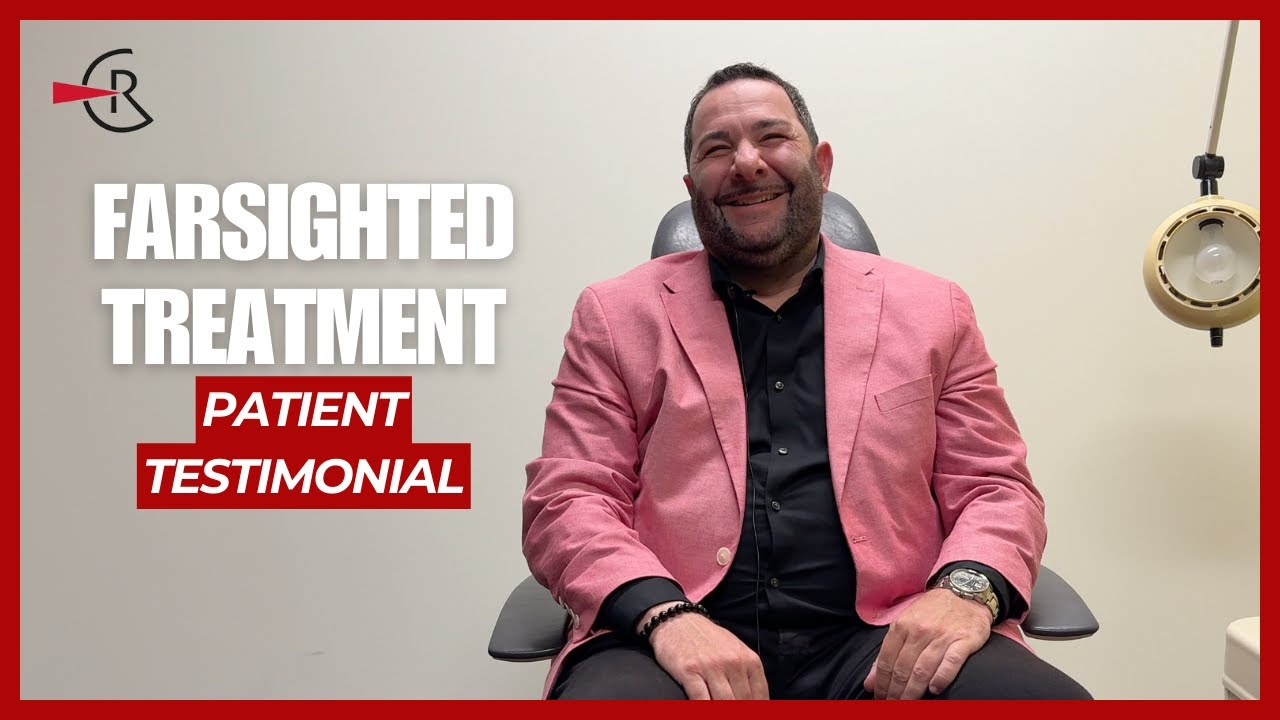
1:21
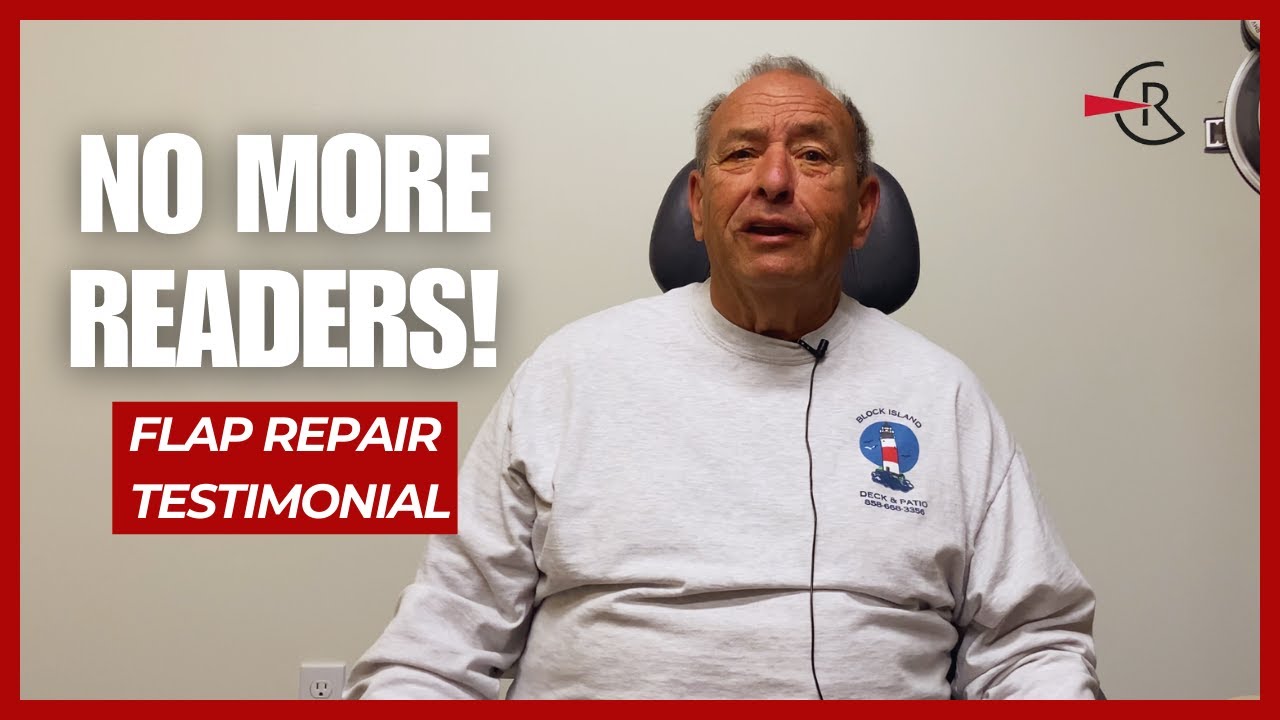
0:41
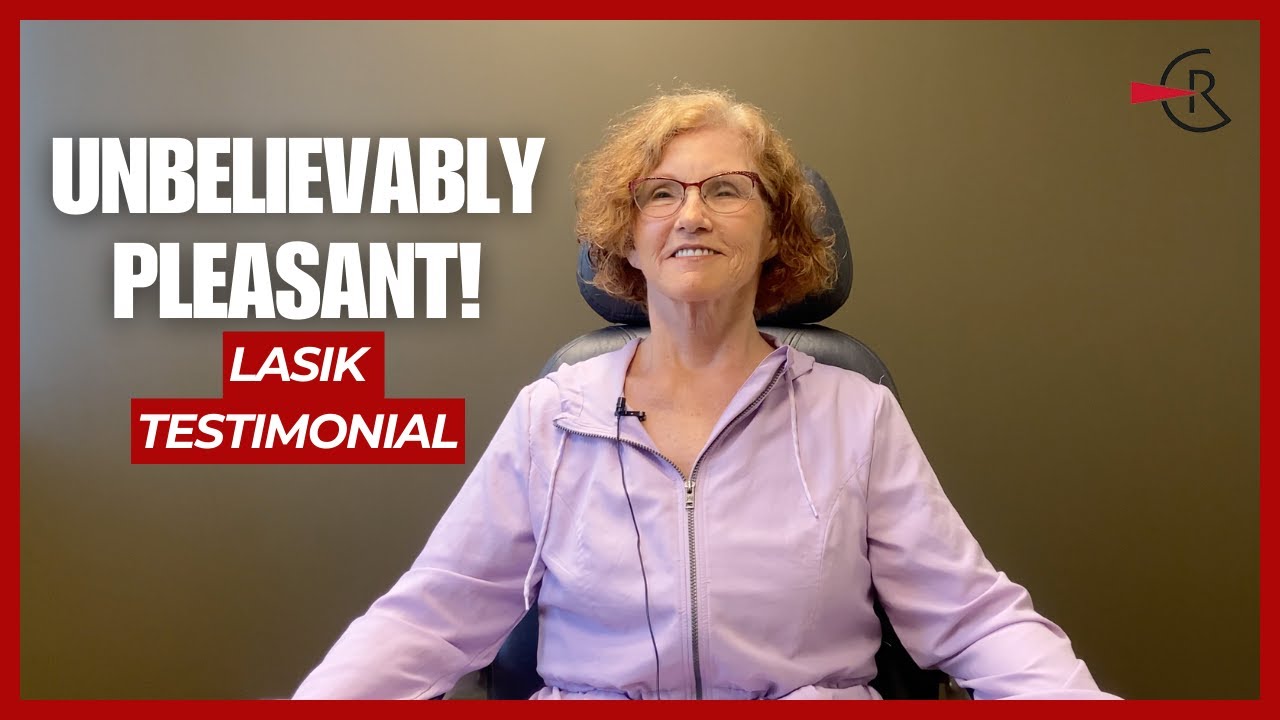
3:55
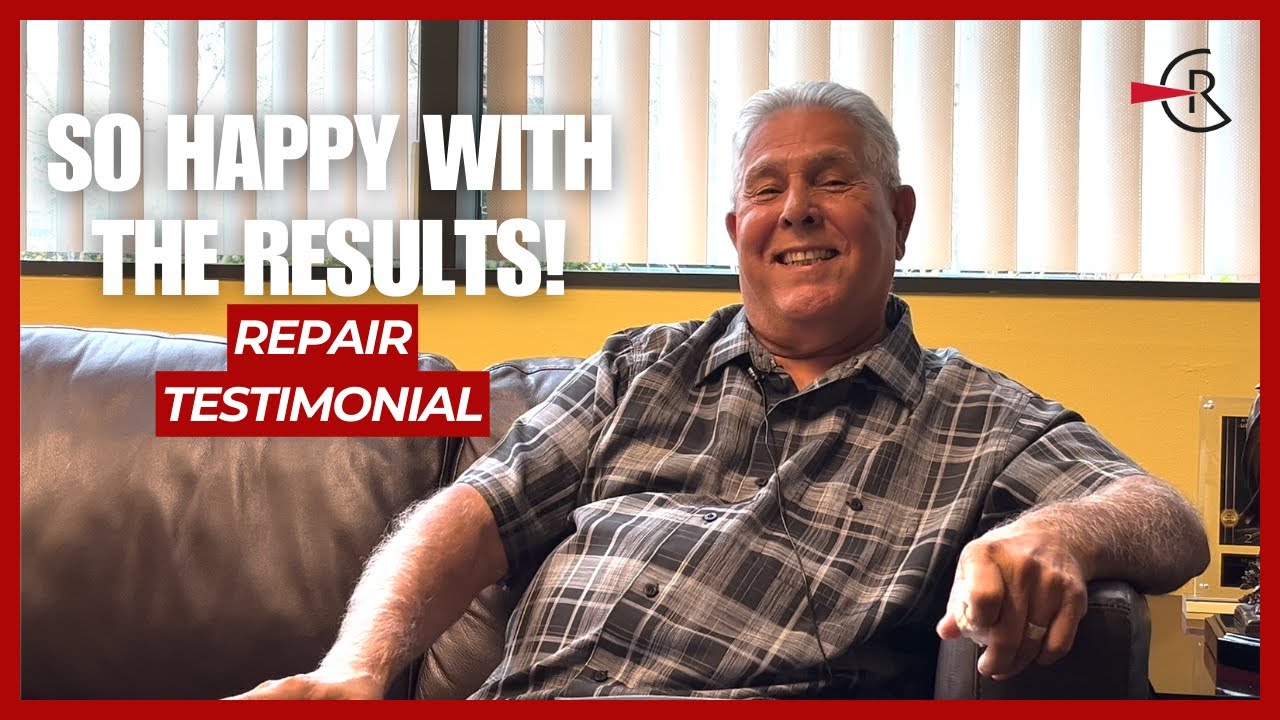
2:25
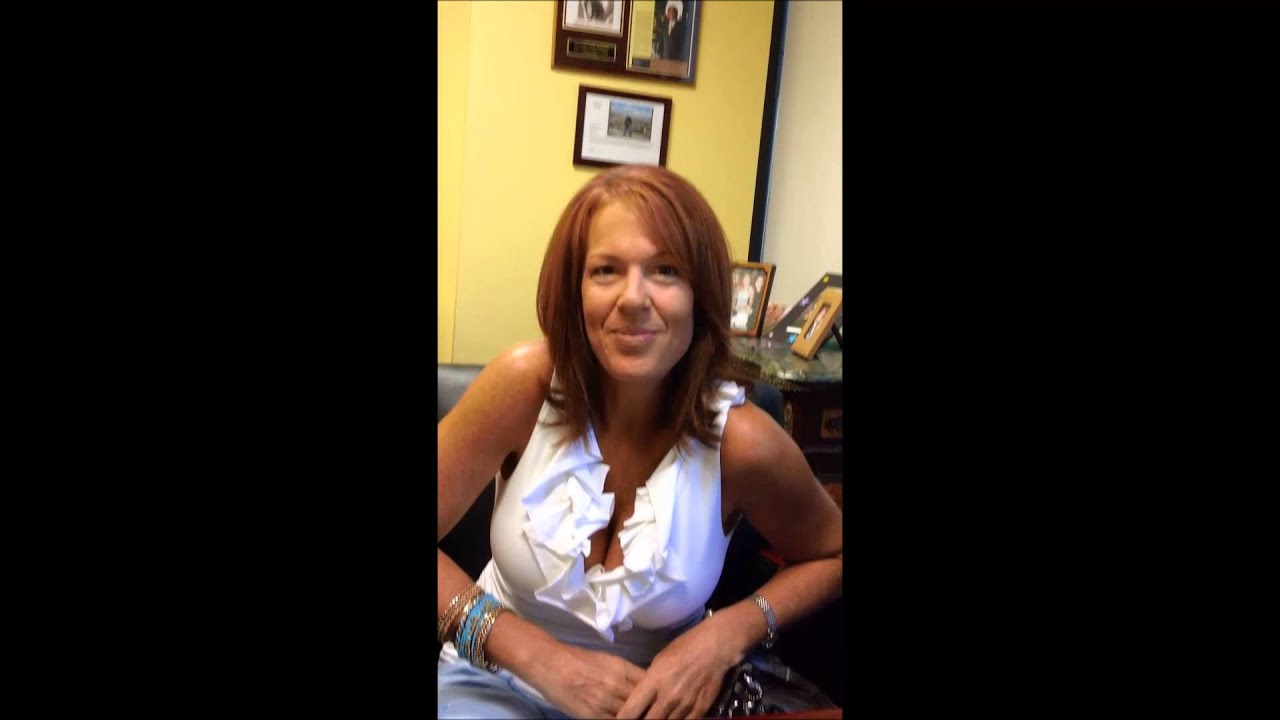
1:40
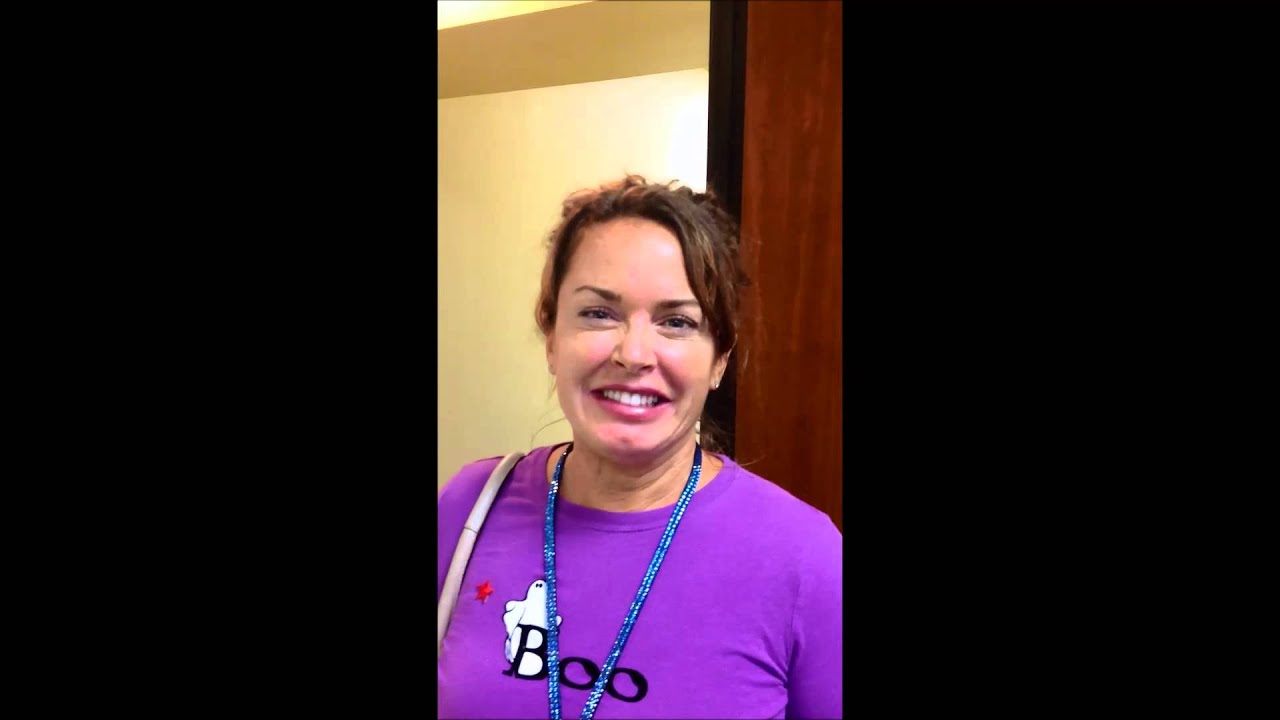
0:23
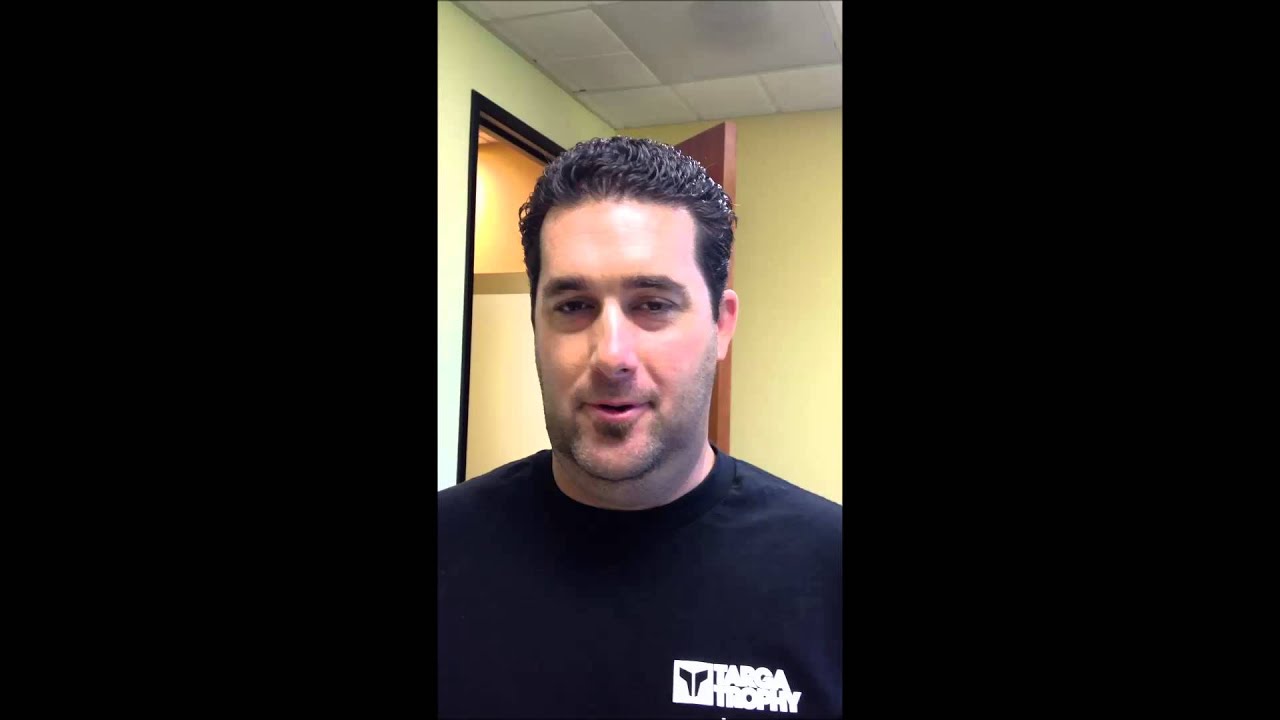
0:37
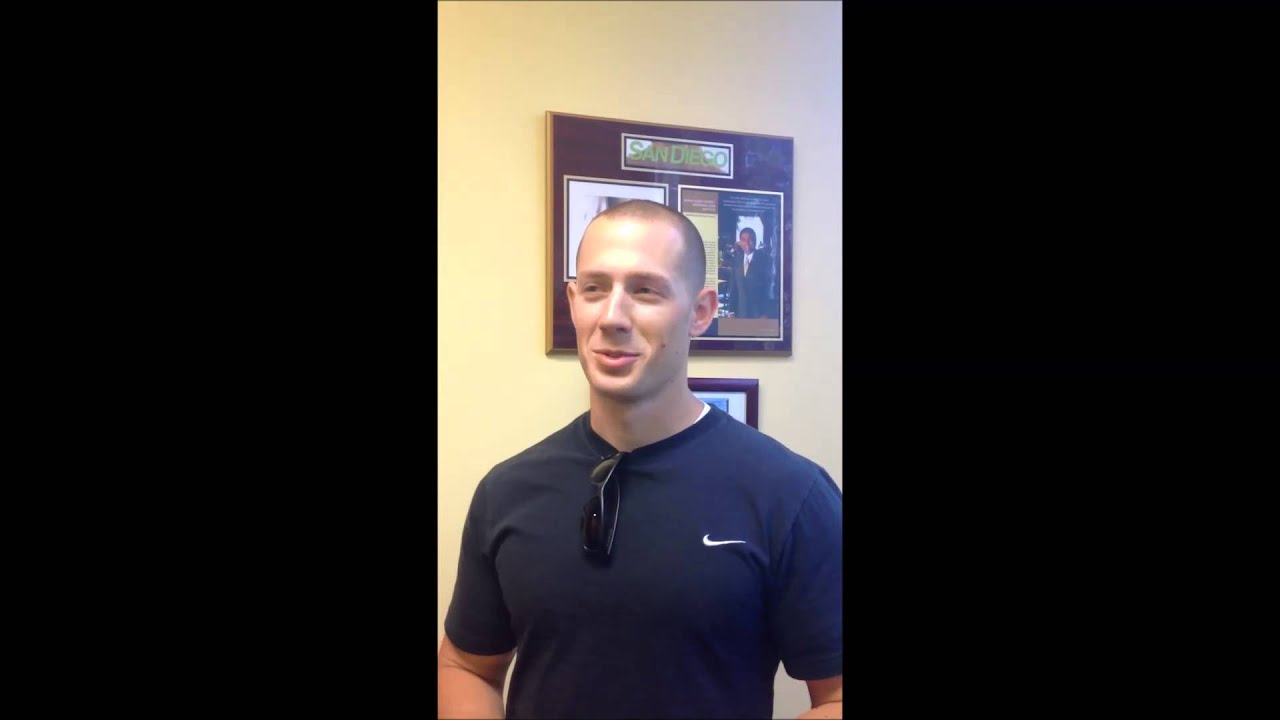
1:12
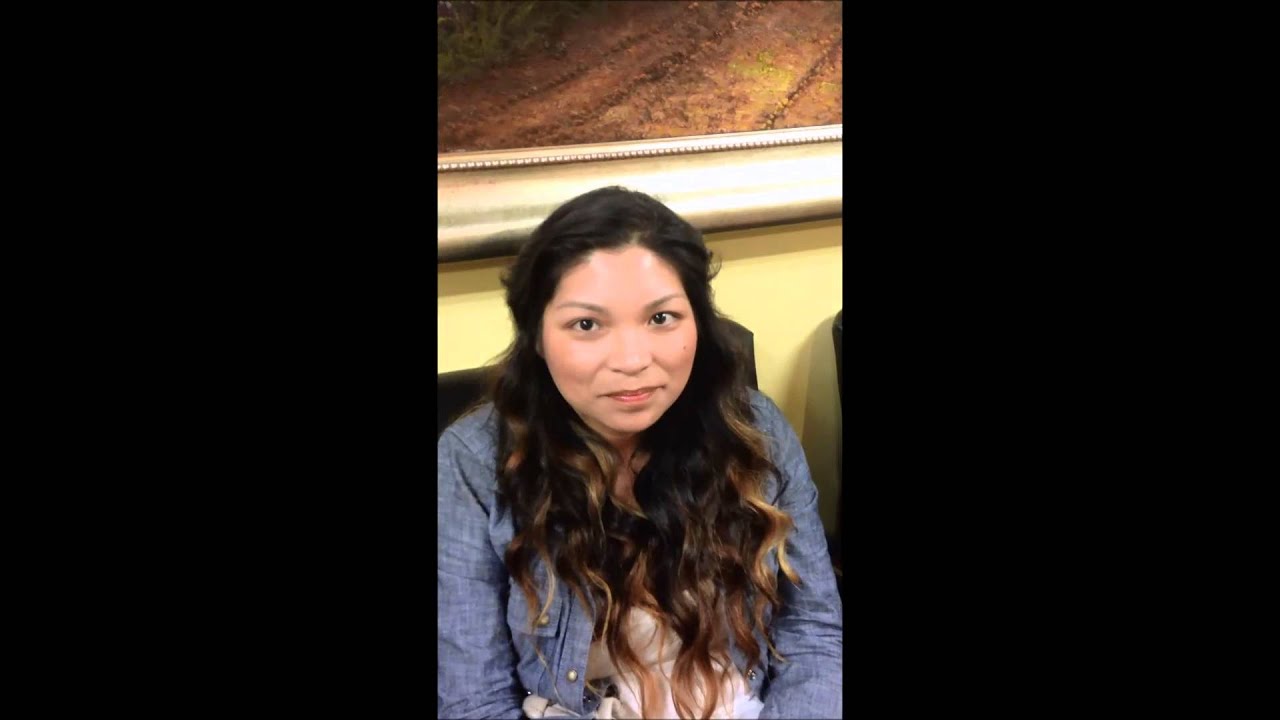
1:16
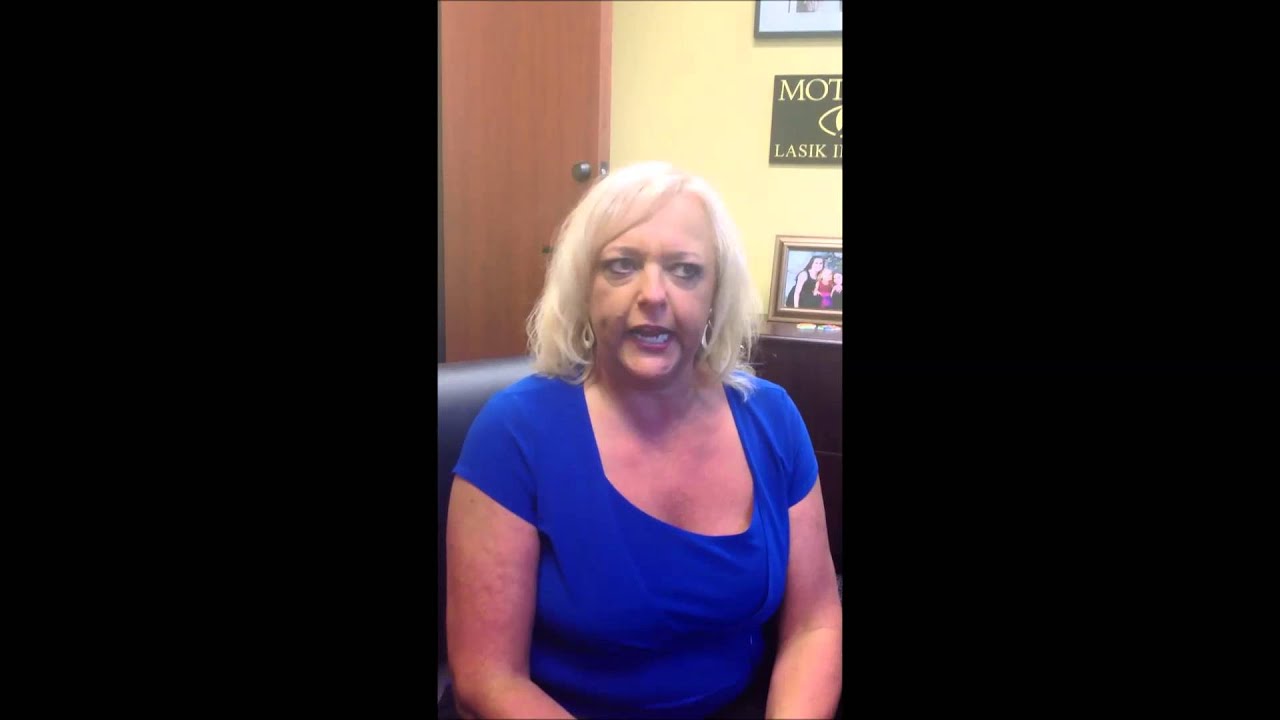
0:39
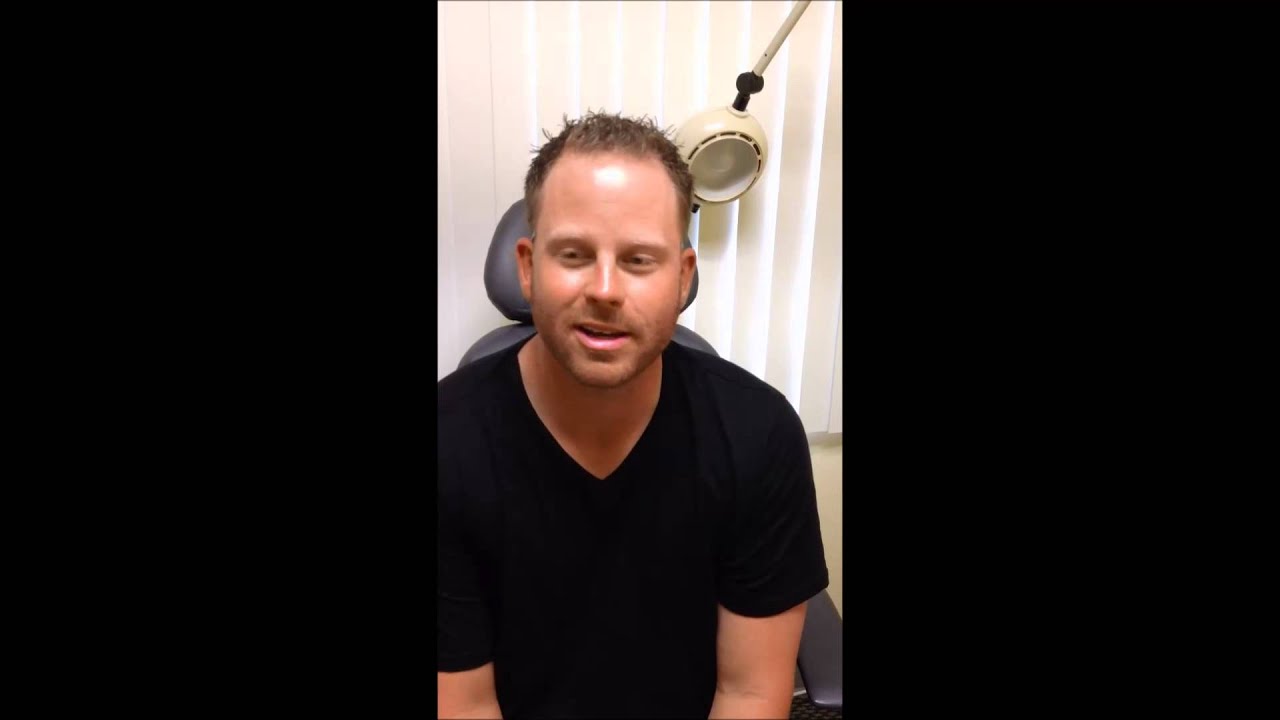
1:12
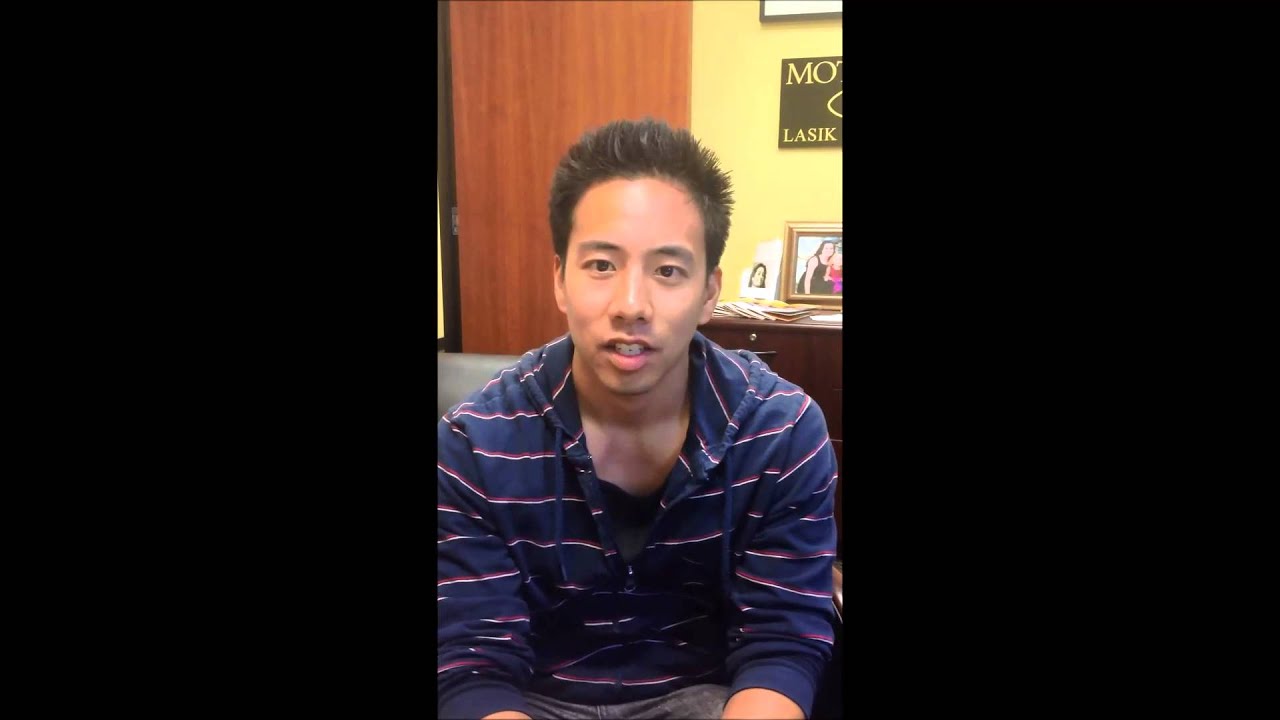
1:52
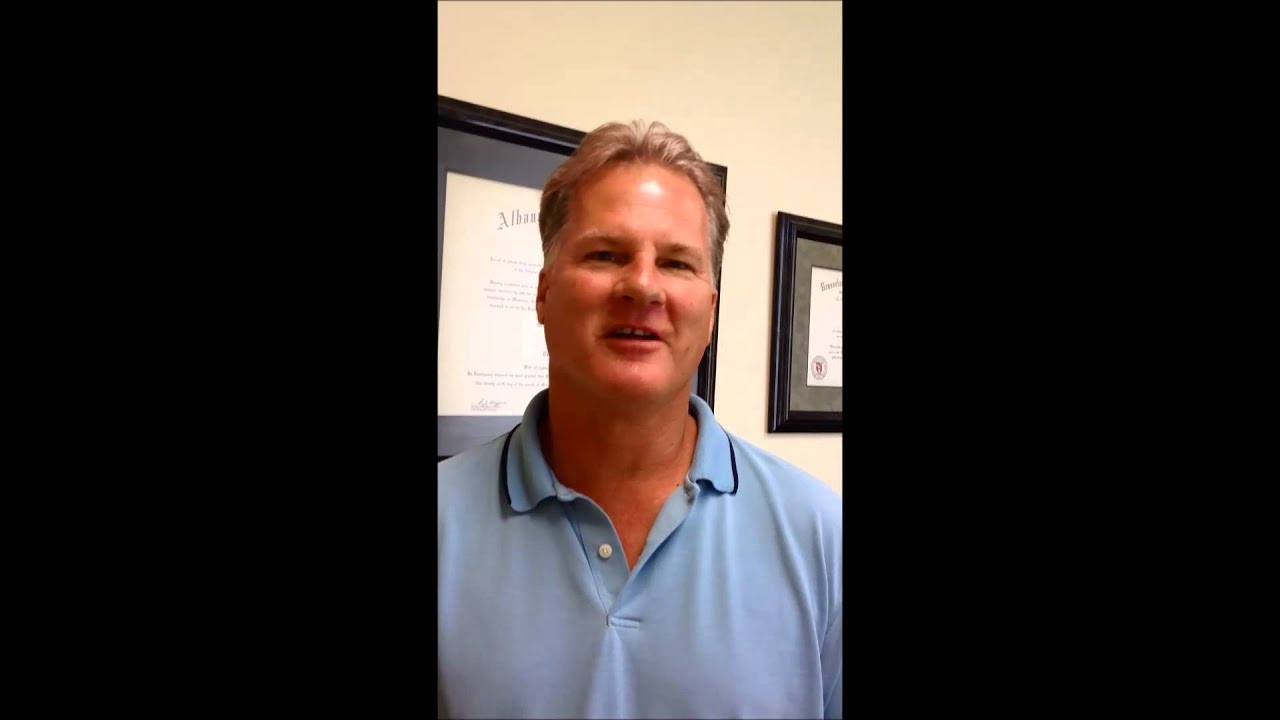
0:31

1:15
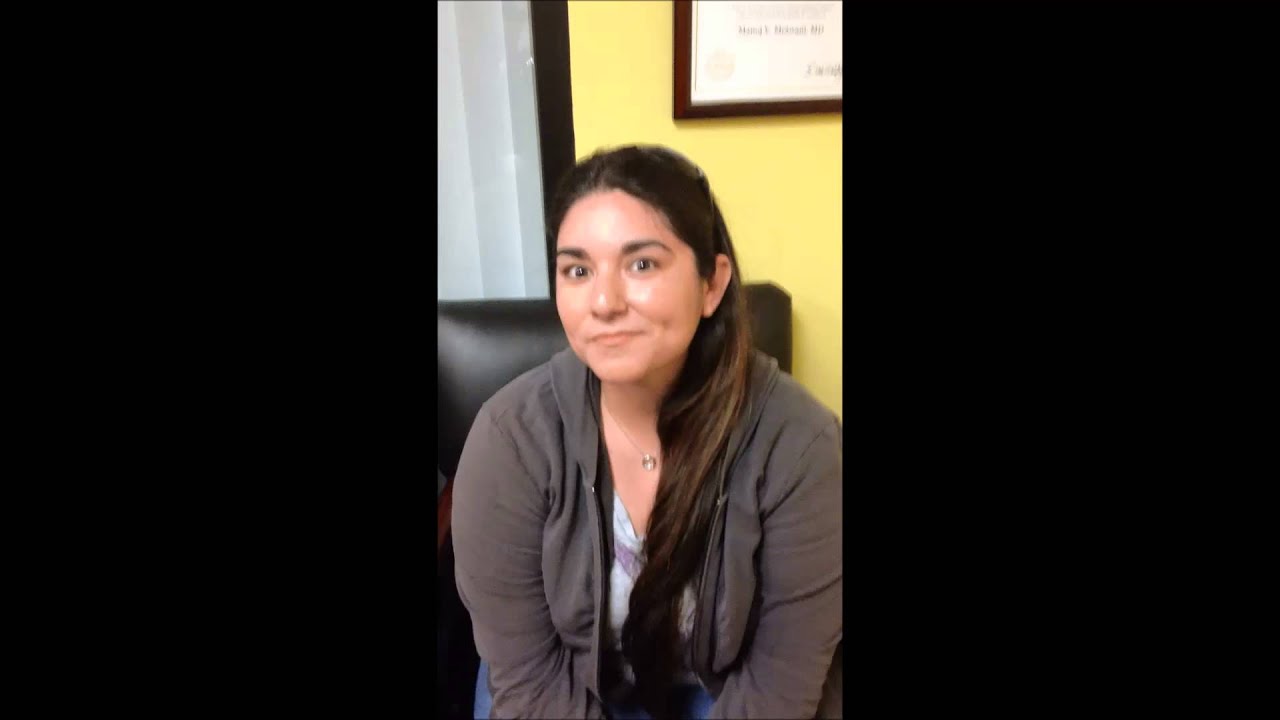
1:27
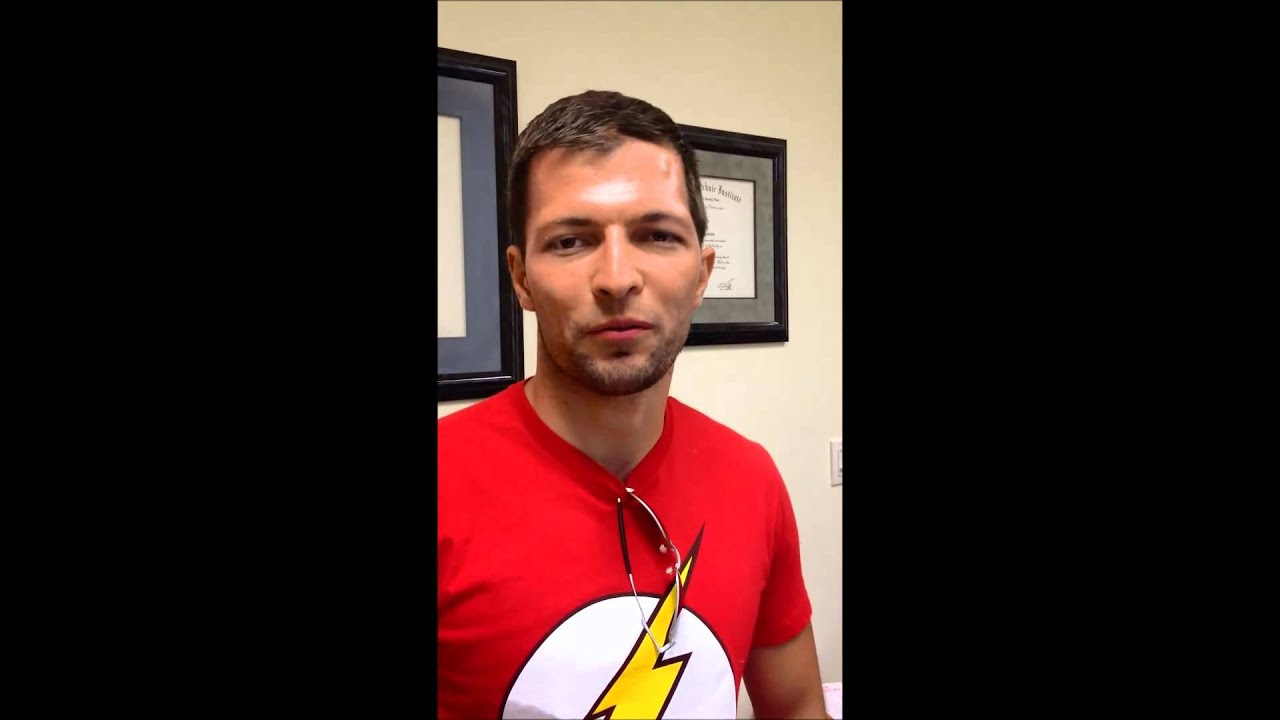
0:24
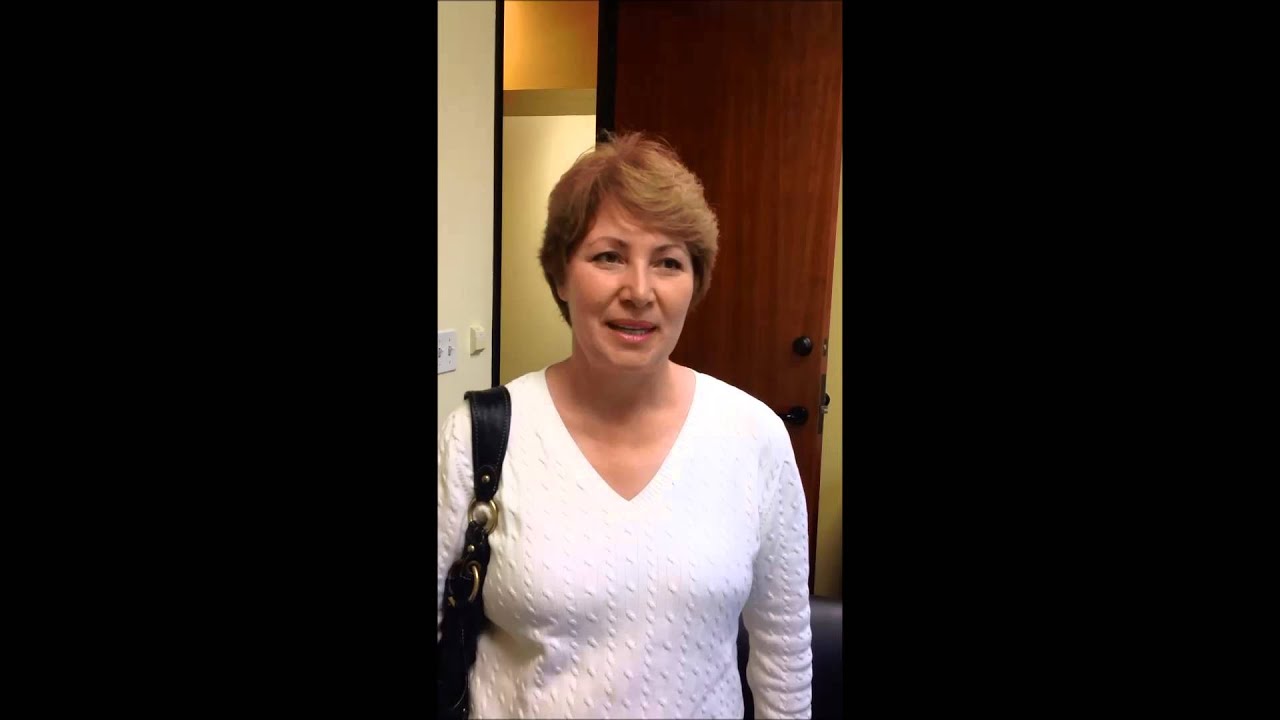
1:11
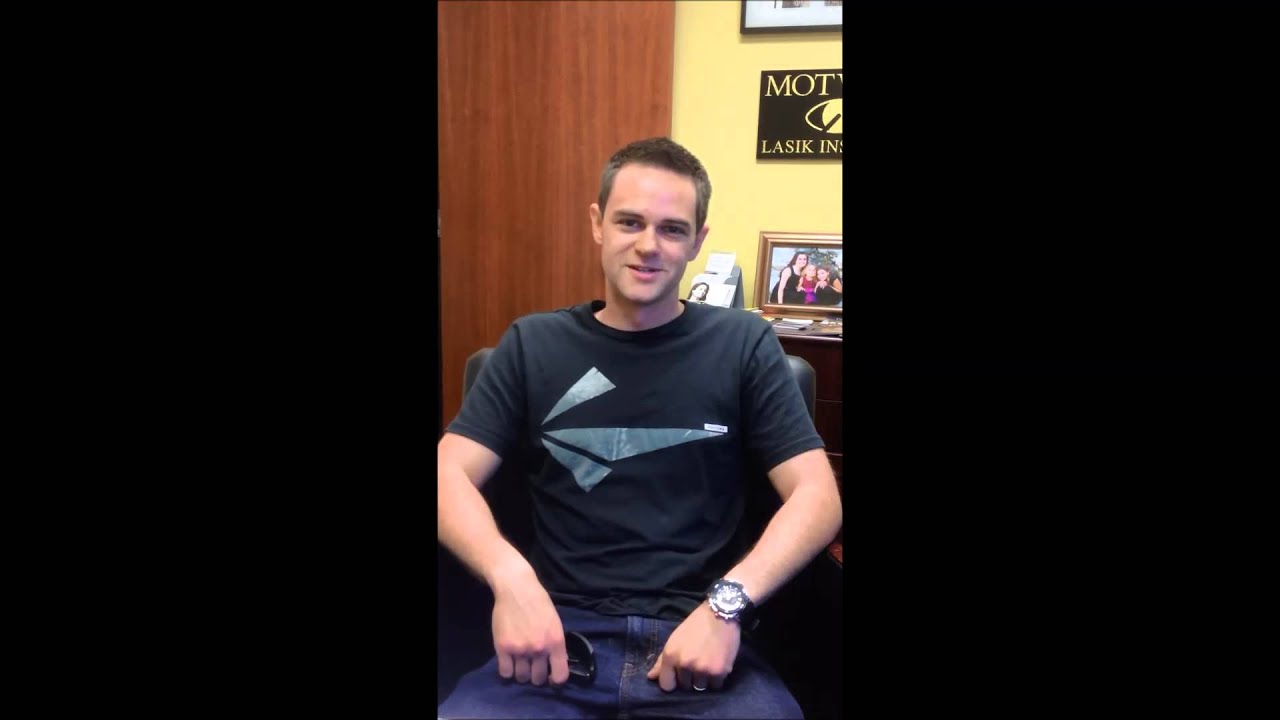
1:29
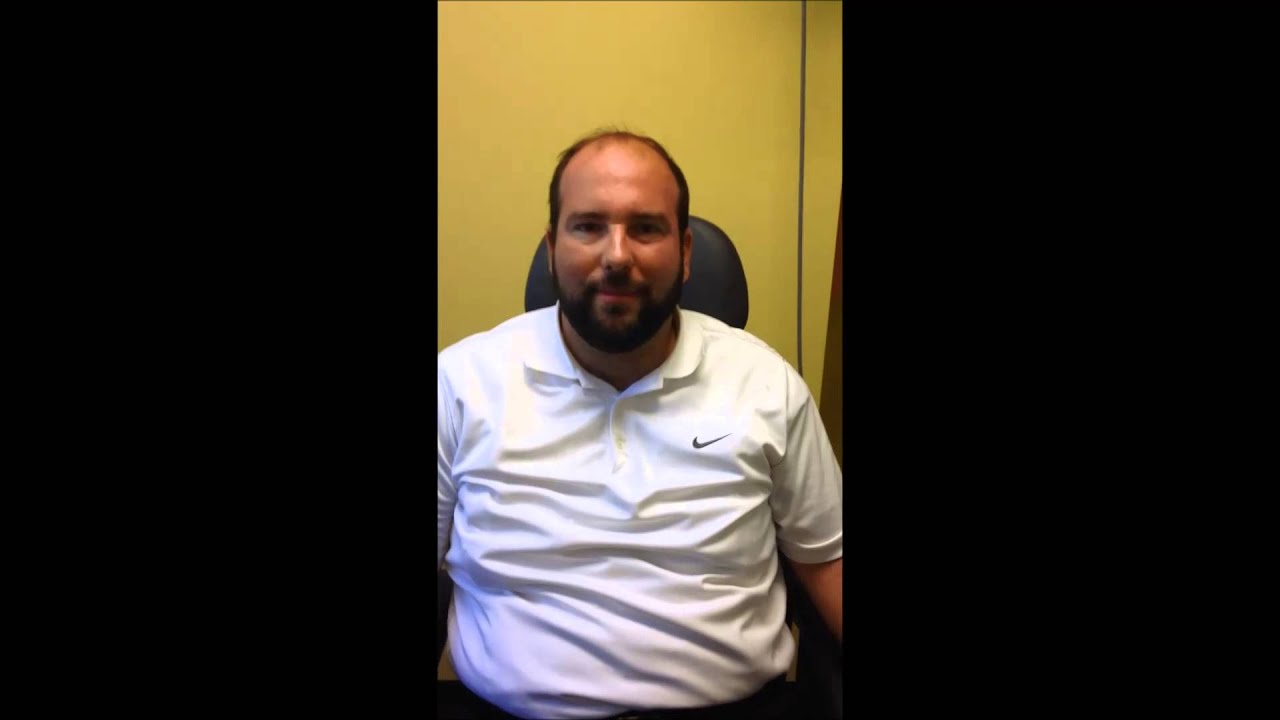
1:05
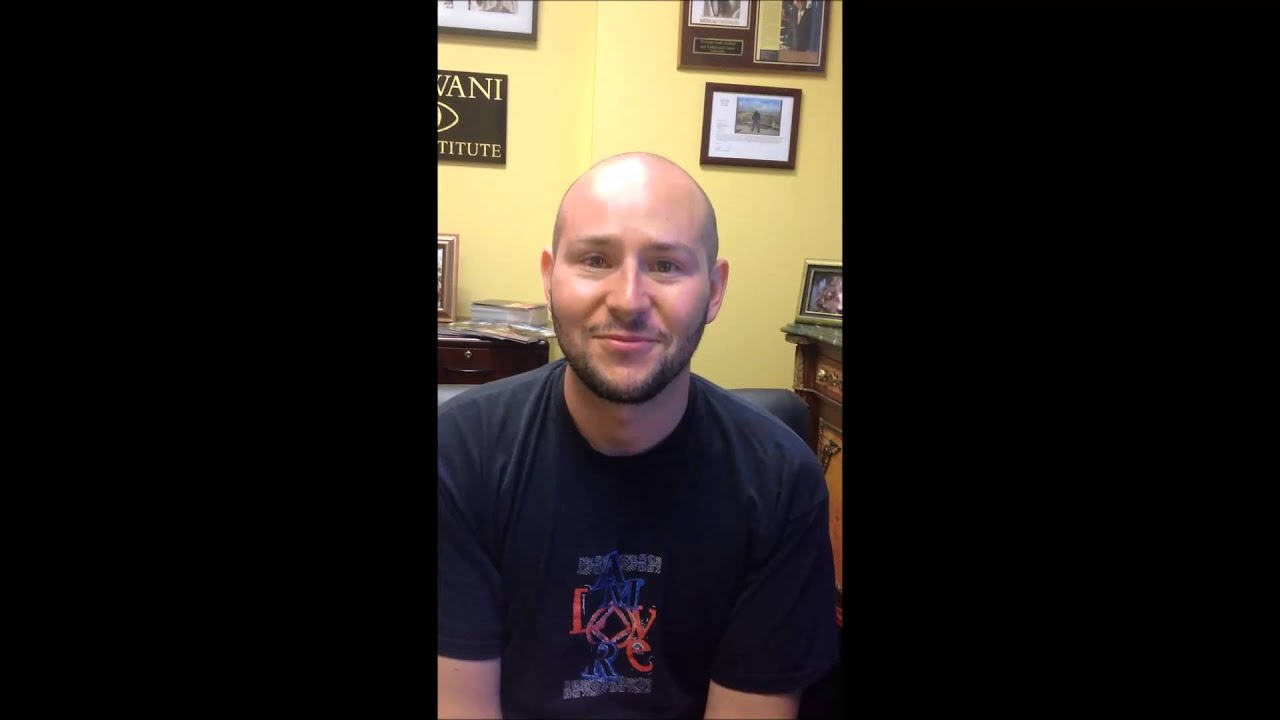
1:01
Motwani Publications
research 100's of dr. motwani's publications
Dr. Motwani is a world-wide renowned expert/authority in the field of ophthalmology and laser vision correction. His commitment to advancing the industry is evident in his extensive publications and research. Explore his groundbreaking work in peer-reviewed journals and industry publications.
